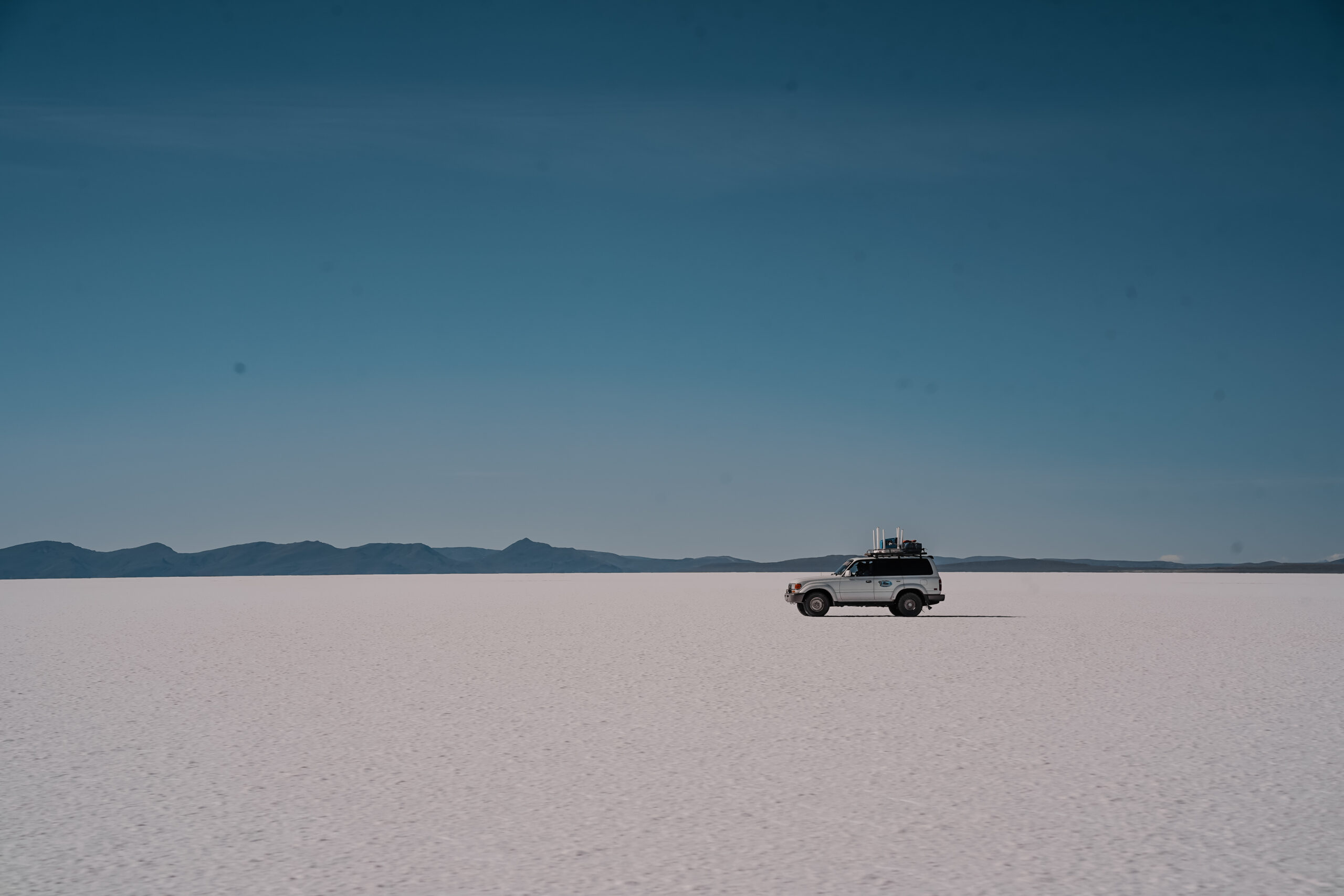This post's overview:
From the stupendously breathtaking speed of an F1 car to the graceful movements of a ballet dancer, motion photography has the power to capture the essence of movement and flow, and make it come alive. However, mastering it is not an easy feat. It requires many things, from technical skills, creativity, and patience to having the right camera gear. In this guide, we will share with you tips and techniques for capturing high-speed sporting actions that can take your action photography skills to the next level. Whether you’re a seasoned professional or a beginner, we hope these tips will help you capture the energy and excitement of any sporting event. From choosing the right equipment to nailing the perfect exposure, we’ve got you covered.
The good old basics
First and foremost, capturing sporting actions requires understanding the basics, such as shutter speed, aperture, and ISO, especially if you’re just starting out.
Shutter speed refers to the length of time that the camera shutter is open, allowing light to enter the camera and expose the image sensor. A fast shutter speed freezes the motion of a subject, whereas a slow shutter speed blurs the subject’s movement. For sporting events, a faster shutter speed is preferable if you want to freeze the action and capture the subject in motion.
Aperture, on the other hand, refers to the size of the opening in the lens that allows light to enter the camera. A wider aperture (lower f-number) allows more light to enter the camera, making it ideal for low-light situations. However, it also results in a shallower depth of field, which can make it difficult to keep the moving subject in focus. It’s best to use a narrower aperture (higher f-number) for sports and motion photography to ensure that the subject is in focus, even when they’re moving quickly.
ISO (International Organisation for Standardisation) refers to the sensitivity of the camera’s image sensor to light. A high ISO value allows you to capture photos in low-light situations, but it also introduces noise and lowers image quality. In contrast, low ISO values are good for taking photos in good lighting conditions because they make the camera’s sensor less sensitive to light, resulting in less grain or noise in the final image.
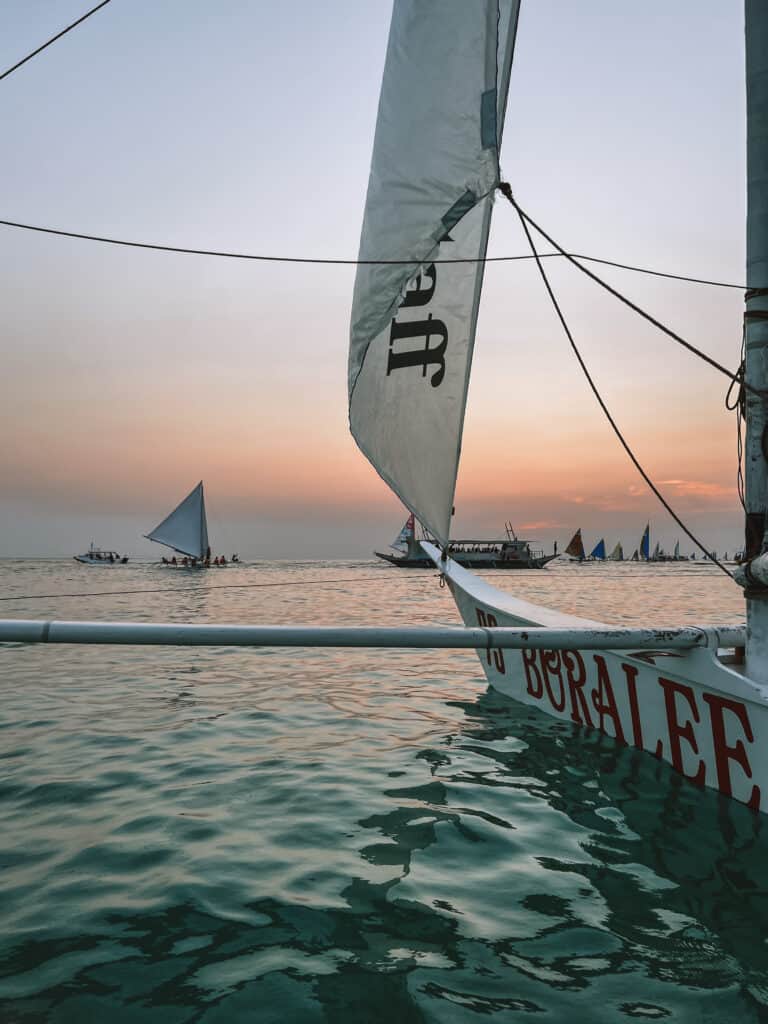

Techniques for shooting sporting actions
Once you have a good understanding of the basics, it’s time to focus on some camera techniques for high-speed sporting actions. Here are a few tips to help you get started:
Choose the right location and angle
Choosing the right location and angle can make a big difference in the quality of your photos. It’s important to position yourself in a spot where you have a clear view of the action and can capture the subject from a flattering angle. For example, if you’re shooting a race, it’s best to position yourself near a turn where the subjects will be moving at a slower pace, giving you a better chance to capture a sharp and clear image of the moving subject.
Lighting considerations
Lighting is another important consideration when capturing high-speed sporting actions. Natural light is often ideal for sports and motion photography since it can create dramatic shadows and highlights that add depth and dimension to your photos. If you’re shooting indoors in low-light situations, you may need to use artificial lighting to ensure that your photos are properly exposed.
Focusing on the moving subject
Focusing on a moving subject can be challenging, but there are a few techniques that can help. One option is to use continuous autofocus (AF-C) mode, which also happens to be one of the best features in digital mirrorless cameras because it allows you to automatically focus on the subject as it moves. Another option is to pre-focus on a specific spot and wait for the subject to move into that area. It can also be helpful to choose the right focus point, typically the one closest to the subject’s eyes, to ensure that your photos are sharp and in focus.
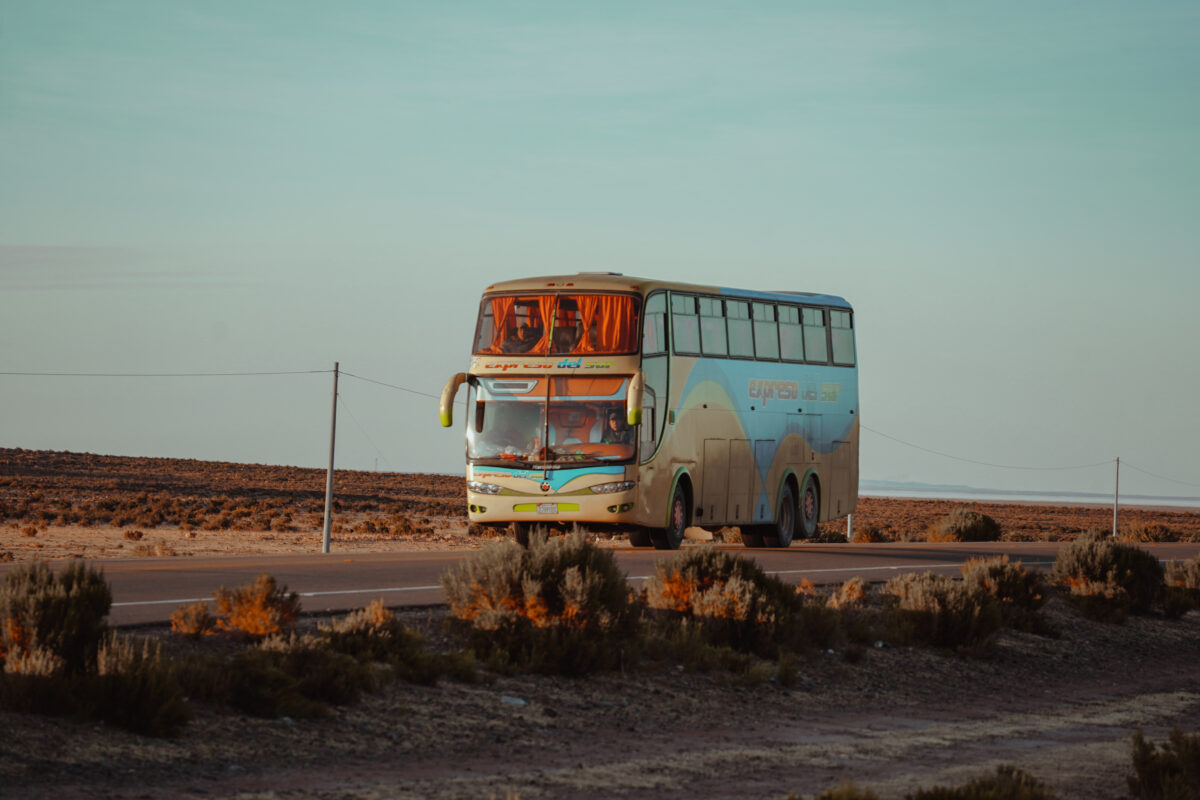
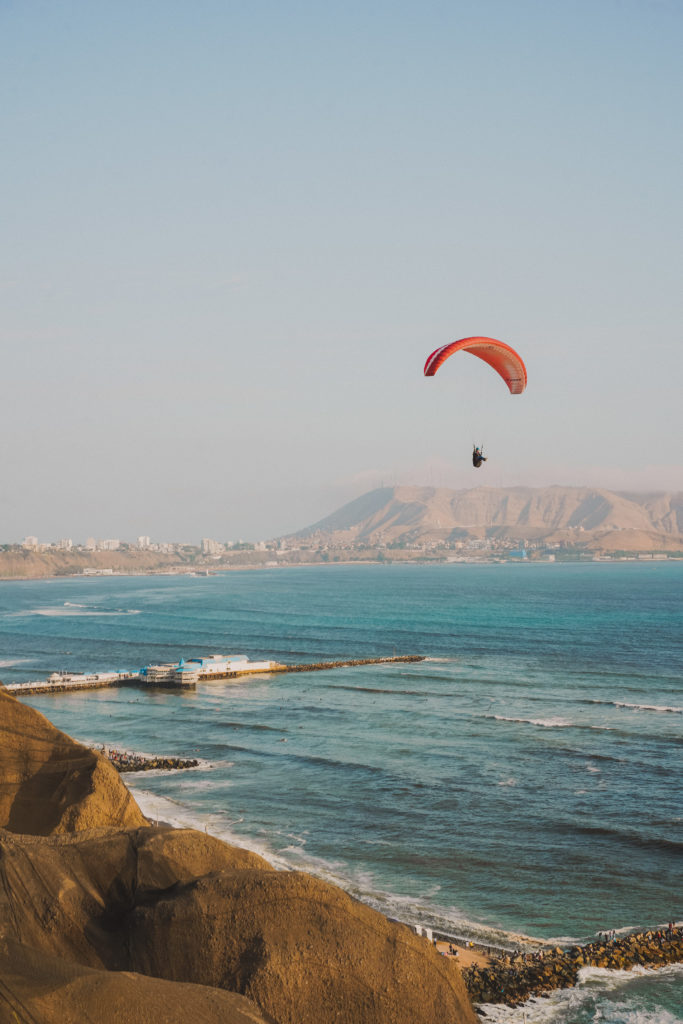
For dynamic compositions
Creating dynamic compositions is often key to capturing the drama of sporting actions and events. One option is to use panning, where you move your camera along with the subject to create a blurred background that emphasises the subject’s movement. You can also use a wide-angle lens to capture the subject in the context of their surroundings, which can add a sense of scale to your final image. When taking photos, it’s also helpful to consider the rule of thirds. This allows you to place your subject off-centre, or the focal point, to create a more visually interesting composition.
A few more tips for high-speed photography
In addition to the techniques mentioned above, here are a few more tips for capturing high-speed sporting actions:
- Use faster shutter speed and shoot in burst mode to capture multiple shots in quick succession. This increases your chances of getting that perfect shot.
- If your camera has poor image stabilisation, use a tripod or monopod instead to keep it steady and reduce camera shake.
- Experiment with different camera settings, such as aperture, ISO, and shutter speed, to find the right combination for the specific sport and lighting conditions.
- Practice makes it perfect! The more you shoot, the better you’ll become at capturing the right shot at the right moment.
Essential equipment
Here are a few items you’ll want to consider adding to your kit. Some are optional, while others can be essential if you want to capture the perfect shot at the right time.
- A fast lens with a wide aperture (f/2.8 or wider)
- A digital camera with a fast burst mode for continuous shooting. The faster burst mode, the better, especially for capturing motorsports. We recommend getting the Canon EOS R6 Mark II, which has RAW burst mode at 40 frames per second. If you already own lenses, you can save money by purchasing just the Canon EOS R6 Mark II.
- A tripod or monopod to keep your camera steady
- A remote shutter release to minimise camera shake
- A memory card with a fast write speed to handle the large amount of photos you’ll be capturing
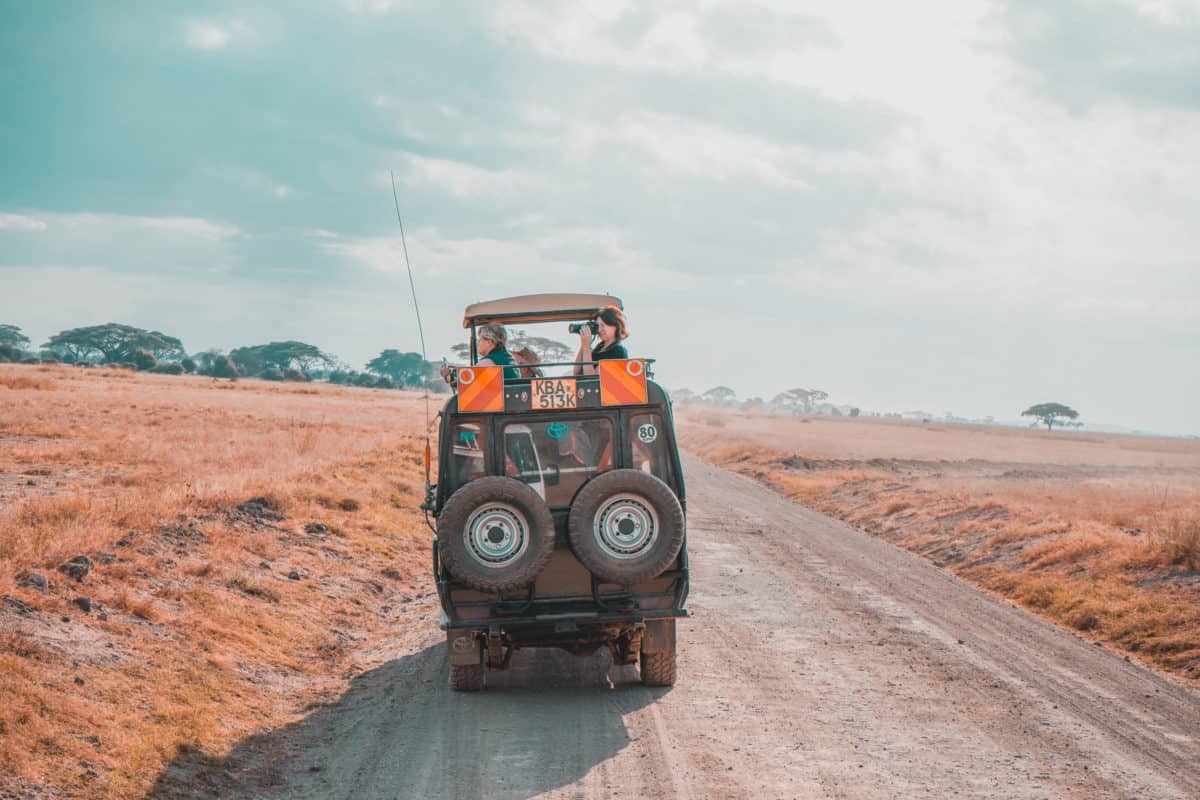
All in all, capturing high-speed sporting events requires a combination of technical skills, the right equipment, creativity, patience, and perhaps, a bit of luck, but the results can be rewarding and even breathtaking. Remember to be patient, to experiment with different camera settings, and, most importantly, to have fun!

